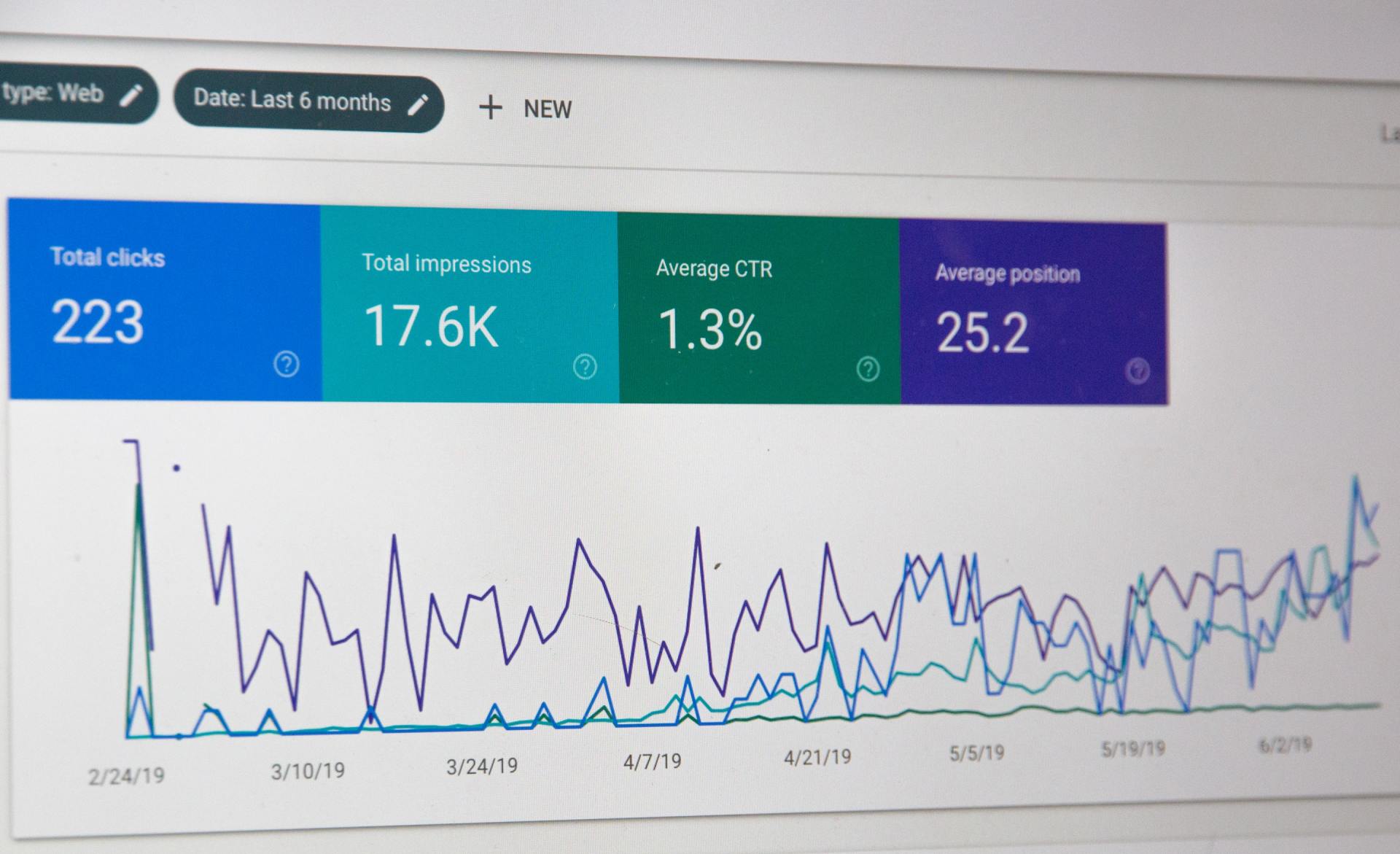WordPress in 2025: Why It's a Bigger Liability Than Ever
WordPress Vulnerabilities Outweigh Its Ease of Use
One well documented liability of WordPress is its reliance on third party plugins. Plugins add valuable functionality, but they can also introduce many security vulnerabilities if not well maintained and updated.
WordPress plugins are one of its greatest strengths as well as its greatest weakness. Plugins are responsible for 97% of all security vulnerabilities. This is a significant risk for a small business owner who not only has the responsibility to deploy a WordPress website but also keep it up to date and functional without the hassle of knowing if every plugin they are using is current.
WordPress Plugins Need Constant Maintenance
WordPress as a technology is old and relies on new themes and plugins to remain relevant, but these themes and plugins all need frequent updating to avoid becoming susceptible to security vulnerabilities.
If a small business owner is not on top of all these updates, there can be issues or even worse their small business website can be hacked and "taken over." A 2024 security survey by MelaPress revealed that a concerning number of WordPress site administrators do not enable automatic updates, increasing their risk of a security breach. Also, if you are relying on another firm to keep your WordPress website updated, it can cost anywhere from $50 to $450 per month depending on the agency and the amount of updating required.
WordPress Is Susceptible to Common Hacking Techniques
WordPress is the Windows of the web design world, and with so many installations, it provides a plentiful target for hackers who are looking to exploit all sorts of vulnerabilities.
WordPress Vulnerability Statistics
- Plugins are responsible for 97% of all new WordPress security vulnerabilities
- Nearly 13,000 WordPress websites are hacked every day
- In 2022, it was estimated that 1,361 plugins and 64 themes had at least one known vulnerability
- Approximately 42% of WordPress sites have at least one vulnerable component installed
- In 2023, one security firm reported 827 plugins and themes as abandoned to the WordPress team
WordPress Performance Issues
WordPress began way back in 2003 and is very outdated. It relies on procedural programming that is less developer friendly and has a host of security vulnerabilities. The utter reliance on themes and plugins can also lead to what is called "code bloat," which adds to the complexity of the installation for developers. WordPress as a platform is also very hard to update and maintain by small business owners and non developers who rely on computer programming to keep their websites running.
Every plugin that a user installs adds complexity and negatively affects the website’s load times, which can significantly reduce SEO rankings on Google due to a poor user experience.
WordPress Hidden Costs
While WordPress is an open source project and its software is given away for free, building and maintaining a professional and secure WordPress website is often not. Costs can add up quickly, turning a seemingly free website into a significant investment in both time and money.
Potential expenses include:
- Website Hosting: Finding a quality WordPress hosting company with the infrastructure to support the demands of today’s savvy business environment can be expensive.
- Premium Themes and Plugins: Some require expensive monthly subscriptions to make WordPress a viable option in 2025.
- Technical Expertise: WordPress requires administrators to be proficient in computer programming and is more expensive to maintain than newer websites built with modern technologies.
- Ongoing Maintenance: WordPress requires constant maintenance in order to remain secure.
These costs and requirements make using WordPress for your small business website less attractive than it was in the early 2000s when the technology was first developed.










